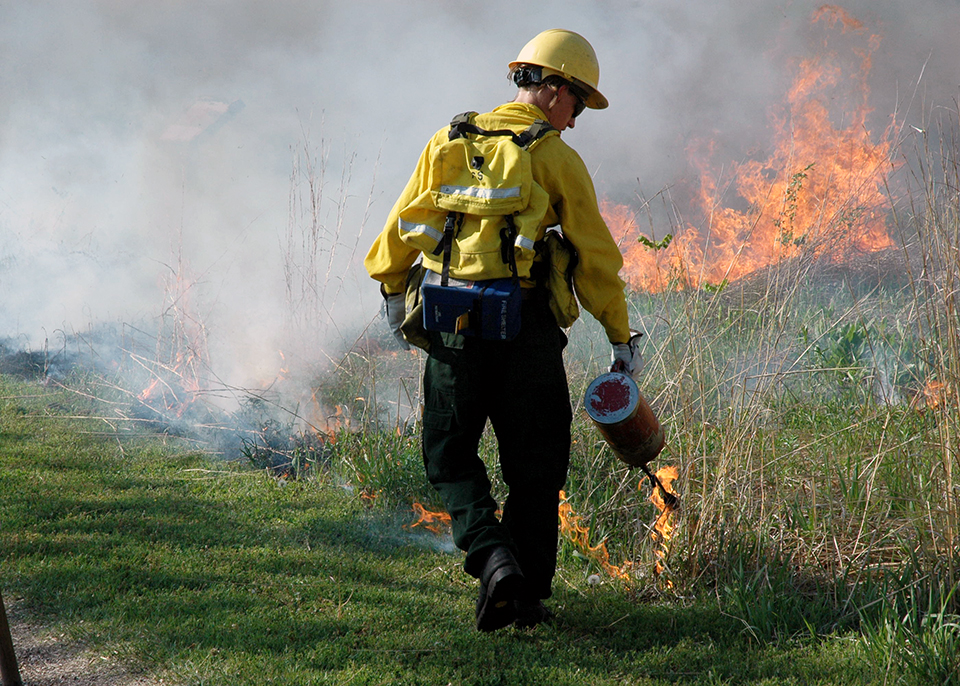Business in a world of change is a learning race. The winner is the organisation that can develop and mature knowledge more quickly than the competition, bringing new and improved products and processes into the market first, and so gaining First Learner Advantage.
Therefore one way of viewing Knowledge Management is to see it as a strategic approach to maturing critical and competitive knowledge domains in the most rapid and effective way.
In this view, Knowledge passes through a series of stages, as shown and described below, and the task of Knowledge Management in each stage is to move as effectively as possible to the next stage. As the knowledge domain matures, so the management approach for that knowledge evolves.
The stages are shown in the plot below.
The stages are shown in the plot below.
 Stage 0. Innovation, or Knowledge Creation.
Stage 0. Innovation, or Knowledge Creation.
This step is where ideas are made. Knowledge Management helps innovation by creating proactive processes for generating new ideas in the areas of greatest business need, often incorporating networked innovation (Deep Dive, for example).
Stage 1. Research
Research is Idea Testing - moving from an Idea to Knowledge through practical experimentation. Knowledge Management helps here by introducing roles, processes, technologies and governance for capturing that first knowledge, as well as by capturing what did NOT work (and why), and also the most promising research leads that there was no time to explore. The knowledge evolves rapidly, through the use of blogs and wikis (see this example). Once the main theoretical problems are solved, the knowledge needs to be passed to the Development team, and also retained for future Research programs.
Stage 2. Knowledge Development
The development stage involves taking the best research ideas and testing them further to develop a viable process or product which can be rolled out in the business, or delivered to a customer. Knowledge Management helps here by introducing a framework for learning during development, both to make the development process more effective and efficient, and to ensure the "knowledge workstream" is well managed (i.e. the creation of knowledge for the benefit of the users further along the value chain). The techniques of After Action review, Retrospect, and Knowledge Asset development are important here. Once the main practical problems are solved, the knowledge is passed to sales, manufacturing or operations.
Stage 3. Establishment of Best Practice
Even when the process or product is in use, the knowledge can be further perfected. The organisation can still improve the process or product, and can learn to improve its application. Because the product or process is now in use in many locations, Knowledge Management helps by introducing a framework of knowledge sharing and re-use, so that people all over the organisation can learn together. The techniques of Communities of Practice, Lesson-Learning and development of Knowledge Bases become important.
Stage 4. Standardisation
Once the knowledge has been perfected through use, the next step is to standardise the knowledge, as further experimentation would now be wasteful "reinvention of the wheel". The knowledge becomes codified in manuals, reference materials and training. Knowledge Management helps now by ensuring these "knowledge assets" are well constructed and easy to find.
Stage 5. Reinvention.
However no knowledge lives for ever. There are often cycles of reinvention, where old knowledge is replaced by new ideas, and the cycle begins again with Innovation. Knowledge Management should promote constant challenge of the status quo, to test whether there could be a better way to do things, and to decide whether the maturity cycle needs to be restarted.
















